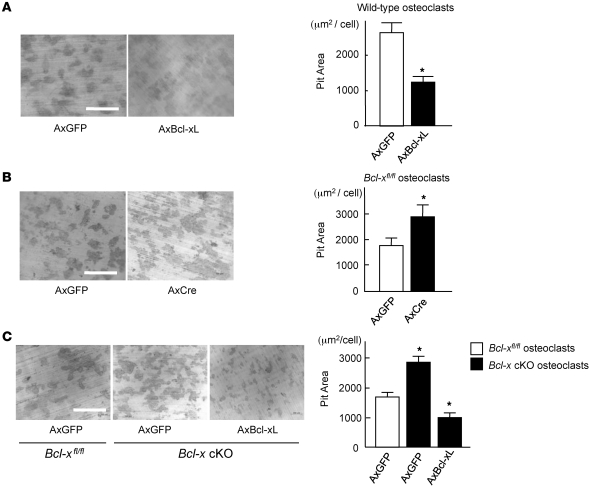Figure 6. Effect of Bcl-xL on bone-resorbing activity of osteoclasts.
(A) Adenovirus vector–mediated Bcl-xL overexpression suppressed pit formation by osteoclasts. Osteoclasts generated from normal mice were infected with AxGFP or AxBcl-xL, and then subjected to pit formation assay. Representative resorption pits, visualized by toluidine blue staining, are also shown. Results are mean ± SD of 6 cultures. (B) Osteoclasts generated from Bcl-xfl/fl mouse bone marrow cells were infected with AxGFP or AxCre and subjected to pit formation assay. Bcl-x deficiency increased bone resorption by osteoclasts. Representative resorption pits, visualized by toluidine blue staining, are also shown. Results are mean ± SD of 6 cultures. (C) Osteoclasts were generated from bone marrow cells of Bcl-x cKO mice or their normal Bcl-xfl/fl littermates, infected with AxGFP or AxBcl-xL, and subjected to pit formation assay. Bcl-x cKO osteoclasts exhibited increased bone-resorbing activity, which was suppressed by Bcl-xL introduction. Representative resorption pits, visualized by toluidine blue staining, are also shown. Experiments were repeated 3 times using different mice, and results are mean ± SD. (A–C) *P < 0.01 versus AxGFP-infected osteoclasts. Scale bars: 500 μm.

